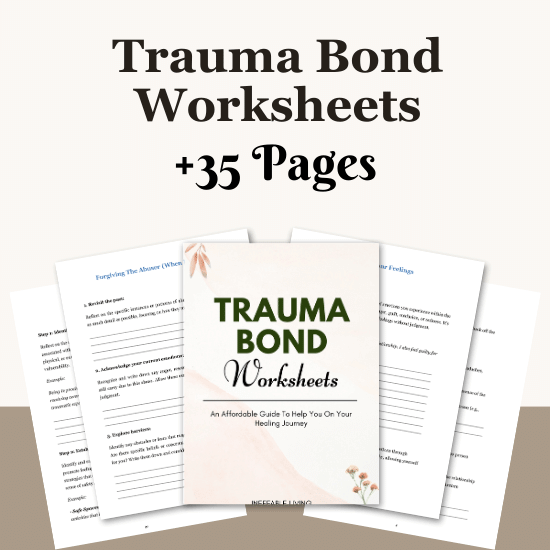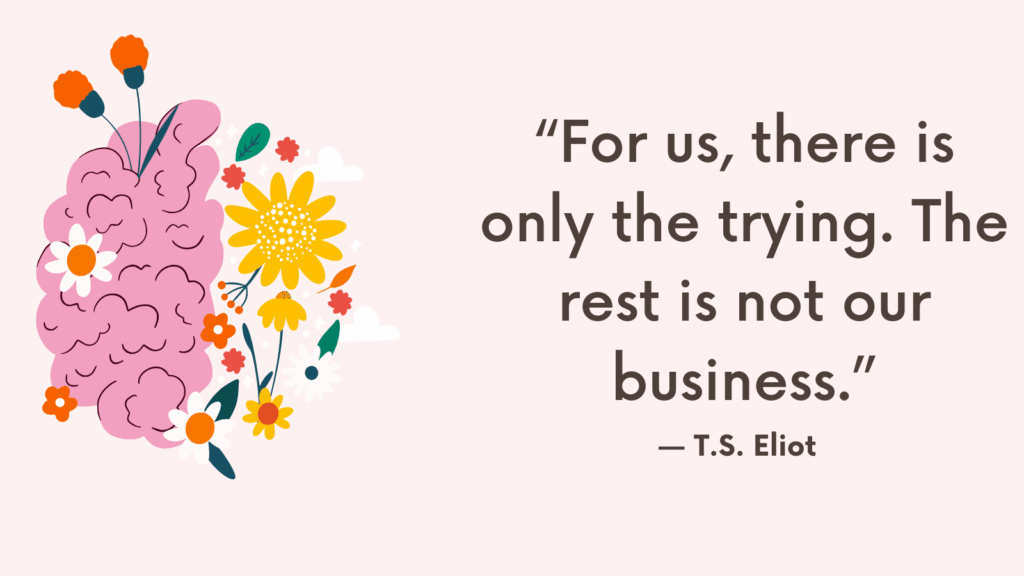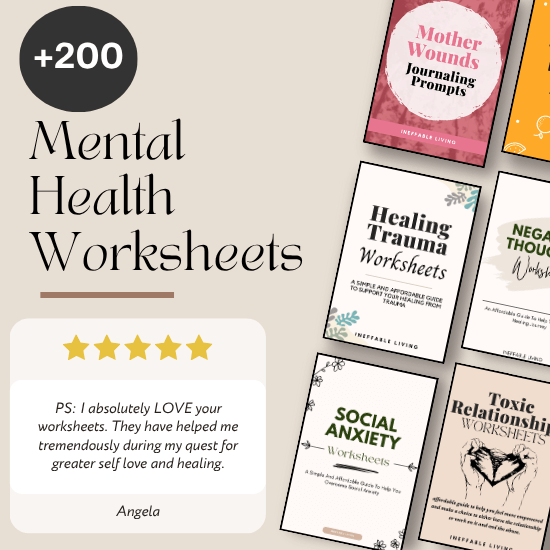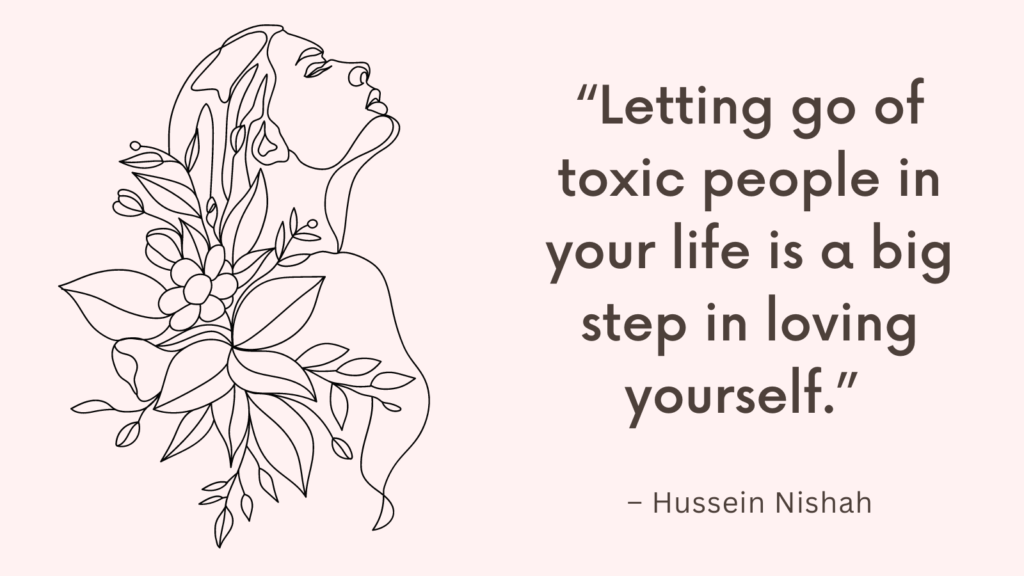Watching a friend stay in a relationship that is clearly harming them can be heartbreaking. You may feel helpless, frustrated, or even angry. You want them to see what you see — that the cycle of emotional abuse, manipulation, and “make-up” moments is not love. But if they’re in a trauma bond, logic alone won’t break the connection.
A trauma bond is not about weakness — it’s about survival. The person is emotionally attached to someone who hurts them, often clinging to brief moments of affection as proof that the relationship can be saved. Your role as a friend isn’t to rescue them, but to gently support them in reclaiming their own power.
Here’s how to offer that support with empathy, patience, and clarity.
What a Trauma Bond Actually Is
A trauma bond is a powerful emotional attachment that forms between a person and someone who repeatedly harms, manipulates, or controls them—often in a romantic or caregiving relationship. It’s not based on love, trust, or mutual respect, but on cycles of pain and intermittent relief. Over time, your brain begins to associate suffering with connection, and unpredictability with love.
This makes it incredibly hard to leave—even when you know the relationship is damaging.
What a Trauma Bond Really Feels Like
Before helping, it’s crucial to understand what your friend may be experiencing:
- Emotional confusion: they love the person and fear them
- Guilt and self-blame: they often believe the abuse is their fault
- Isolation: the abuser may have cut them off from others
- Hope for change: they remember “who the person was at the start”
- Fear of leaving: emotionally, financially, or physically
They are not blind — they are bonded. Your compassion matters more than your judgment.
Related: Best 5 Stockholm Syndrome & Trauma Bonding Books
How to Help Your Friend Without Pushing Them Away
1. Offer a Safe, Non-Judgmental Space
Start by letting them talk. Don’t lead with advice. Lead with presence. Say things like:
“I’m here if you ever want to talk about what’s going on.”
“I’ve noticed you don’t seem like yourself lately — are you okay?”
Avoid saying, “Why don’t you just leave?” That may cause them to shut down or feel more shame.
2. Affirm Their Feelings Without Validating the Relationship
They may still defend the abuser or cling to the good memories. Meet them there without reinforcing the bond.
“You didn’t deserve that.”
“It makes sense that it’s confusing — love doesn’t cancel out harm.”
“It’s okay to miss someone who hurt you — that doesn’t mean you should go back.”
3. Help Them Name the Pattern
Gently point out what you observe without labeling or diagnosing.
“I noticed they often get really kind after they hurt you — does that happen a lot?”
“It seems like you carry the weight of keeping the peace — how does that feel?”
Naming the cycle can help them start connecting the dots.
4. Don’t Push Them to Leave — Empower Them to Choose
Your goal is not to make them leave. It’s to help them reconnect with their own instincts. Ask reflective questions:
“What do you want in a relationship?”
“What would it mean to feel safe again?”
“How do you feel after spending time with them?”
When they feel trusted — not coerced — they’re more likely to move toward clarity.
Related: Top 10 Signs Of Trauma Bonding & How To Heal A Trauma Bond
5. Provide Education, Not Accusation
You can gently introduce concepts like trauma bonding, gaslighting, or narcissistic abuse without diagnosing their partner. Share articles, videos, or books that explain these patterns and let them process on their own time.
Try saying:
“I read something about trauma bonds that made a lot of sense — let me know if you ever want to check it out.”
6. Help Them Rebuild Outside Support
Abusive relationships often isolate people. Invite them to social gatherings, check in consistently, and remind them they are not alone — even if they’re pulling away.
7. Stay Consistent, Even If They Go Back
Leaving a trauma bond is rarely a one-time event. It often involves multiple attempts. Don’t withdraw your support if they return to the relationship. Instead, say:
“I’m still here for you, no matter how many times it takes.”
Shame is one of the biggest barriers to leaving. Your steady presence can be a lifeline.
Related: 7 Stages Of Trauma Bonding (+FREE Worksheets)
8. Offer Help With a Plan — When They’re Ready
If and when they express a desire to leave, offer practical help:
- A safe place to stay
- Help gathering documents or belongings
- Emotional support during no-contact
- Referrals to therapists, hotlines, or shelters
Let them lead. You walk beside them — not ahead of them.
What Not to Do When Helping a Friend Who Is in a Trauma Bond
1. Don’t Say “Why Don’t You Just Leave?”
This question, while understandable, can feel shaming. It oversimplifies the emotional grip of trauma bonds. Your friend likely already feels confused and torn. Instead of pressuring them, let them know you understand it’s not easy and that you’re there for them whenever they’re ready.
2. Don’t Trash Their Partner Excessively
Calling their partner names or labeling them as “toxic” or “crazy” may backfire. Your friend may still feel emotionally connected and could end up defending the person or pulling away from you. Focus on how your friend feels and what they deserve, not on attacking their partner.
Related: Top 10 Trauma Bond Withdrawal Symptoms (+7 Tips on How to Relieve them)
3. Don’t Give Ultimatums
Statements like “If you go back to them, I’m done” only reinforce the fear of abandonment that trauma bonds feed on. Your friend needs consistent, nonjudgmental support — not more pressure or the threat of losing another relationship.
4. Don’t Push Them Into Quick Action
Trying to force your friend to leave immediately or take dramatic steps before they’re emotionally ready can overwhelm them. Support is more effective when it matches their pace. Offer to help them think through small, manageable steps when they’re open to it.
5. Don’t Dismiss Their Feelings
Even if the relationship was abusive, your friend may still grieve it. Comments like “You’ll get over it” or “They never really loved you” can feel invalidating. Allow space for their heartbreak and confusion. Honor their emotional process, even if it doesn’t make sense to you.
6. Don’t Overload Them With Resources
Sending them long lists of books, therapists, or hotlines without consent can feel overwhelming or pushy. Offer one helpful tool or article when appropriate and say, “Only if you feel like reading this.” Let them guide the pace of information.
7. Don’t Make It About You
It’s hard to watch someone suffer, and your own emotions matter — but this isn’t the time to unload frustration on them. Avoid saying things like “I’m tired of this” or “You’re wasting your life.” Vent your feelings elsewhere so you can remain steady and present for your friend.
8. Don’t Assume You Know What’s Best
You might see the situation clearly, but change has to come from within. Instead of telling them what to do, ask gentle, reflective questions like, “What would feeling safe look like for you?” or “How do you feel when you’re around them?” This keeps the power in their hands.
Related: 10 Silent Red Flags In A Relationship To Watch Out For

Conclusion
Helping someone in a trauma bond is a long game. It takes patience, empathy, and emotional resilience. Your friend may not be able to see the full truth yet — but your belief in their worth, safety, and strength plants seeds that will grow when they’re ready.
You can’t save them — but you can stand beside them, remind them who they are, and hold the light until they find their way out. That, in itself, is powerful.



